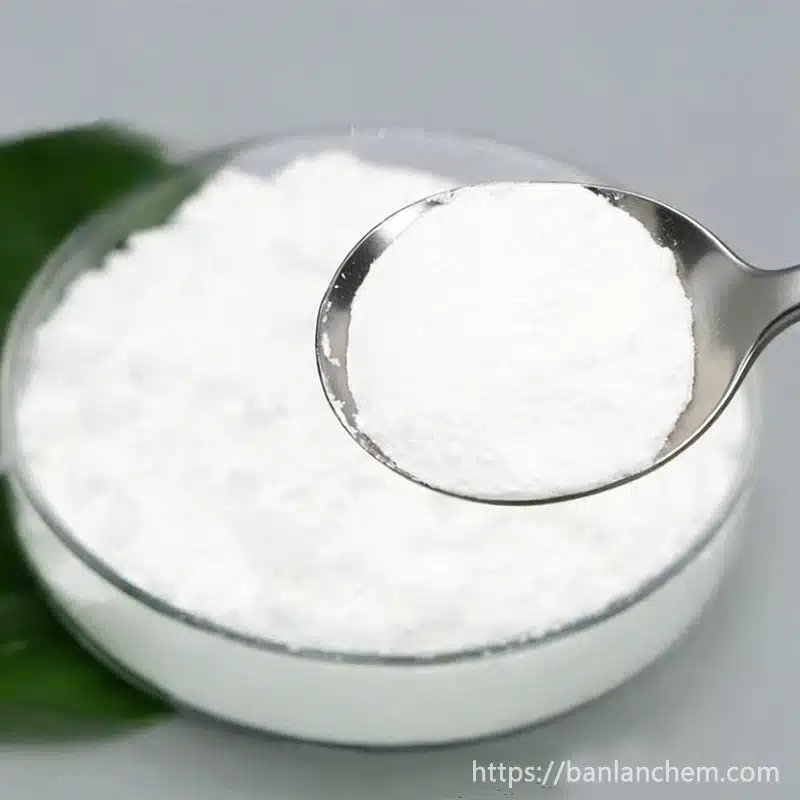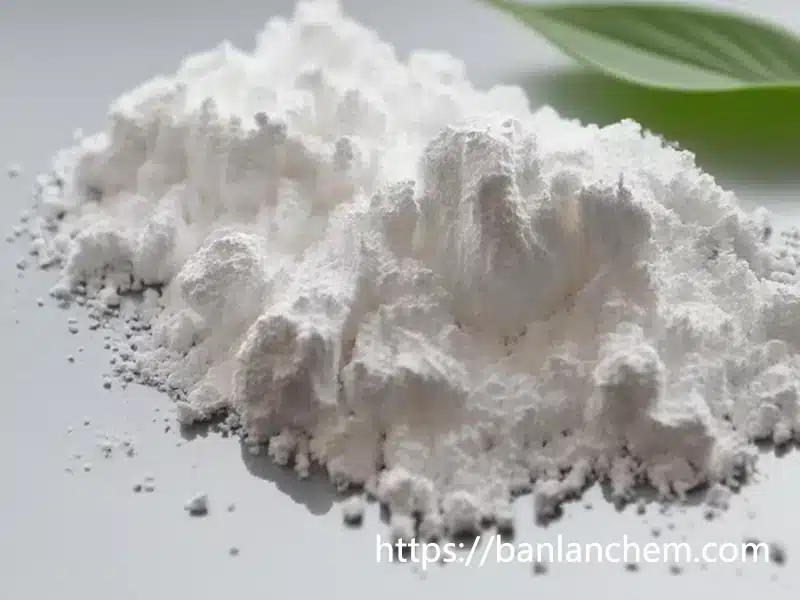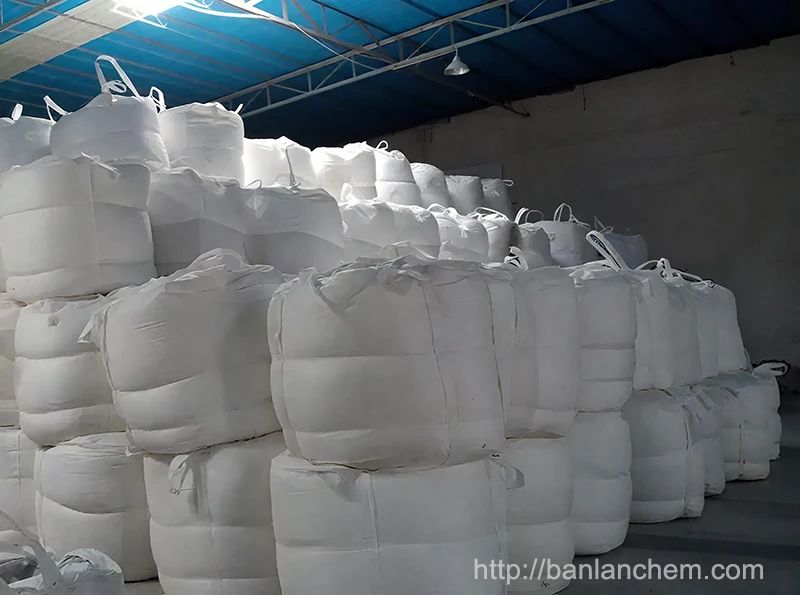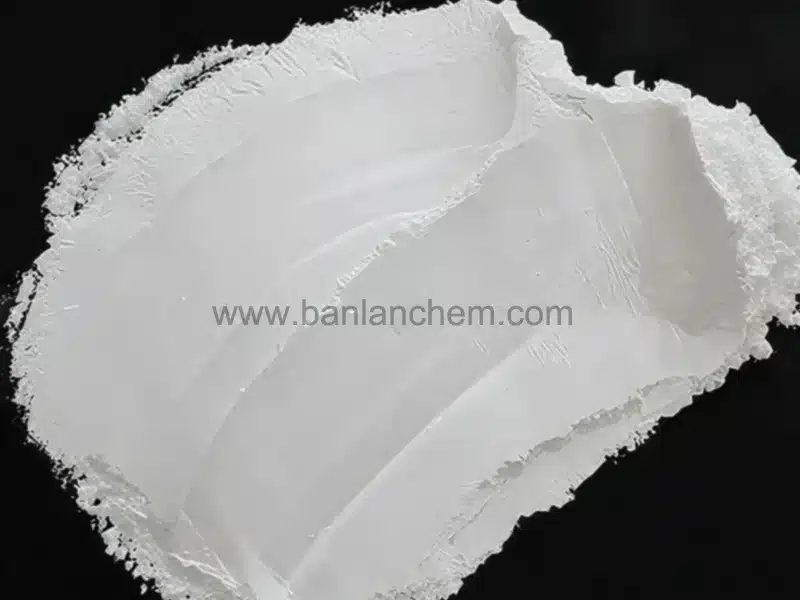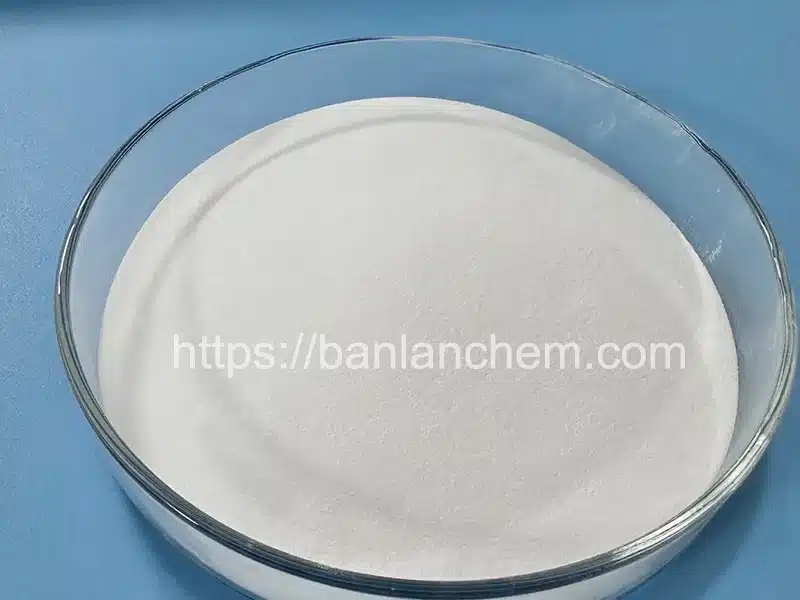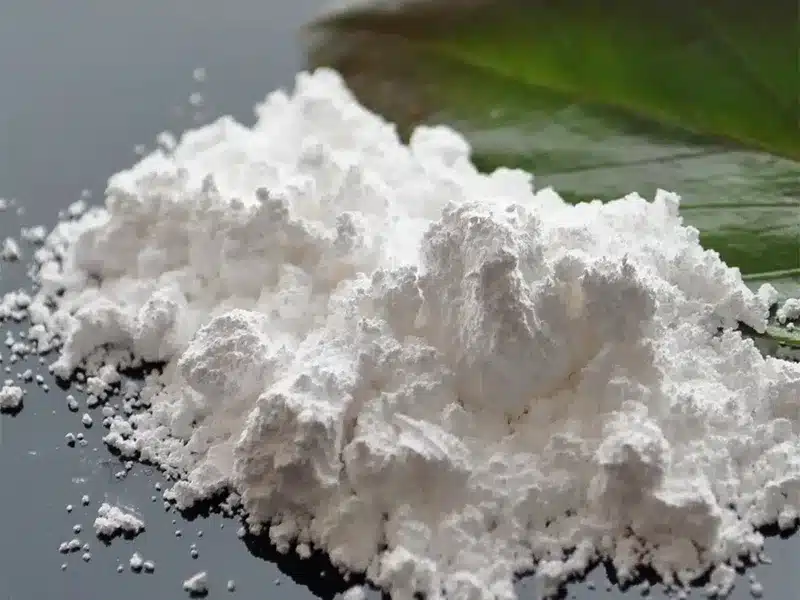How Alumina Trihydrate Works as a Flame Retardant
Date: July-30-2025 Categories: News、Aluminium Hydroxide Views: 182
What is Alumina Trihydrate (ATH)?
Alumina trihydrate (ATH), also known as aluminum hydroxide, is a white, odorless, and non-toxic powder with a relative density of about 2.42. When heated above 200°C, ATH gradually releases water and transforms into alumina. It is insoluble in water and alcohol but can dissolve in hot sulfuric acid, hydrochloric acid, and alkaline solutions.
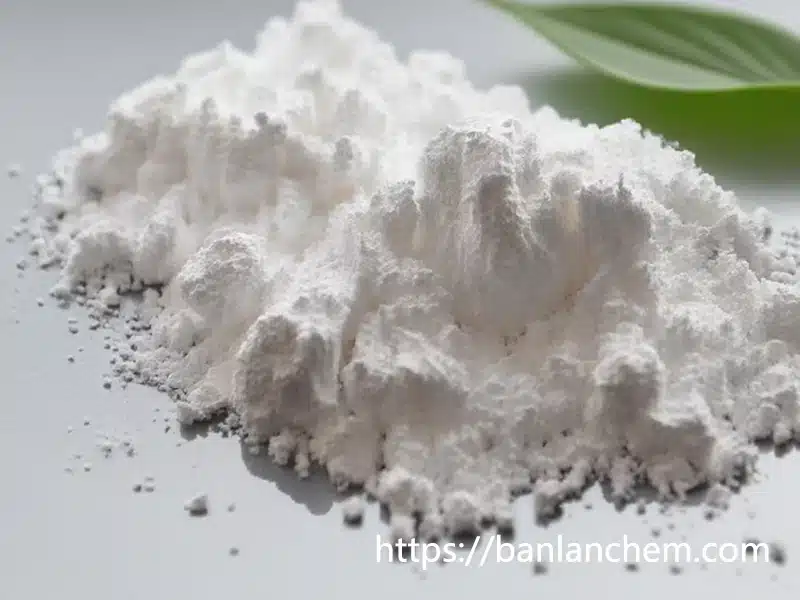
How Alumina Trihydrate Works as a Flame Retardant
1. Heat Absorption and Water Release
When exposed to high temperatures, Alumina Trihydrate (ATH) decomposes into alumina and water. This reaction absorbs a significant amount of heat, slowing the temperature rise of surrounding materials. Meanwhile, the released water vapor removes heat and lowers the concentration of flammable gases and oxygen, reducing fire risks.
2. Physical Dilution Effect
As a filler, Alumina Trihydrate (ATH) reduces the proportion of combustible materials in polymers, decreasing the chance of ignition by lowering the available fuel content. Learn more in our article on dried vs wet aluminum hydroxide applications.
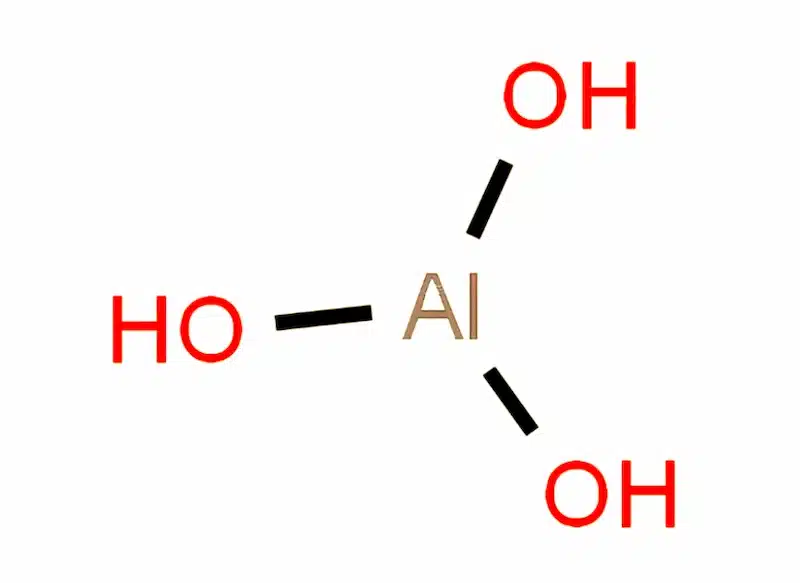
3. Protective Barrier Formation
During combustion, Alumina Trihydrate (ATH) generates alumina and carbonized residues, which form a solid barrier on the polymer surface. This layer prevents direct flame contact and slows the spread of fire.
4. Char Layer Enhancement
Alumina Trihydrate (ATH) promotes charring on the plastic surface. This char layer prevents the release of volatile combustible gases and provides an extra defense against flames.
Main Advantages of ATH
- Efficient Heat Absorption: Alumina Trihydrate (ATH) has high water content (46%), allowing it to absorb heat and release water vapor effectively, outperforming magnesium hydroxide.
- Eco-Friendly: Alumina Trihydrate (ATH) produces no toxic gases during combustion, making it suitable for environmentally conscious industries.
- Reinforcement Effect: Ultra-fine Alumina Trihydrate (ATH) particles not only improve flame retardancy but also enhance the mechanical strength of rubber and plastic products.
- Cost-Effective: Alumina Trihydrate (ATH) is widely available, cost-efficient, and based on a mature production process, suitable for large-scale use.
How to Improve Alumina Trihydrate Flame-Retardant Performance
- Particle Size Reduction: Smaller ATH particles increase surface area, enhancing both flame retardancy and mechanical strength.
- High Purity: High-purity ATH minimizes impurities that could reduce flame-retardant effectiveness.
- Surface Modification: Treating ATH with surface-active agents improves compatibility with resins, enhancing performance.
- Coupling Agents: Chemical coupling agents create strong bonds between ATH and polymers, improving both flame resistance and durability.
- Synergistic Flame Retardants: Combining ATH with other flame retardants maximizes efficiency while reducing the required additive amount. Read our guide on Alumina Trihydrate surface modification techniques.
By applying these strategies, industries can achieve the optimal flame-retardant effect, better processability, and improved material performance.
Conclusion
Alumina Trihydrate (ATH) is not only a cost-effective and eco-friendly flame retardant but also a versatile additive that enhances material performance. By leveraging its heat absorption, water release, and protective barrier mechanisms, ATH effectively suppresses fire risks while improving the strength and durability of polymers. With proper particle size control, high purity, and advanced modification techniques, ATH can deliver superior flame-retardant performance across industries such as plastics, rubber, coatings, and construction materials.
For manufacturers seeking sustainable and high-performance flame-retardant solutions, ATH remains one of the most reliable and widely used options.
Related Products: Wet Aluminum Hydroxide | High-Whiteness Aluminum Hydroxide | 3N High Purity Aluminum Hydroxide


